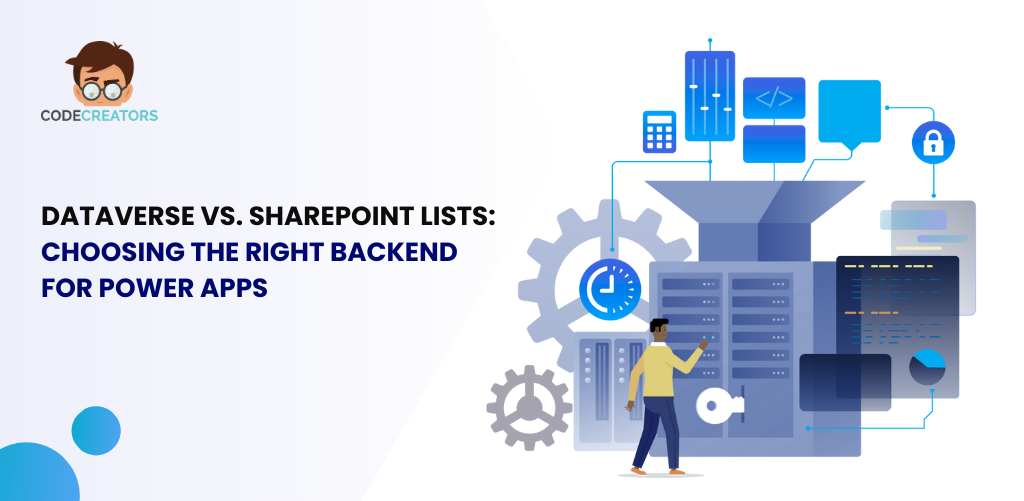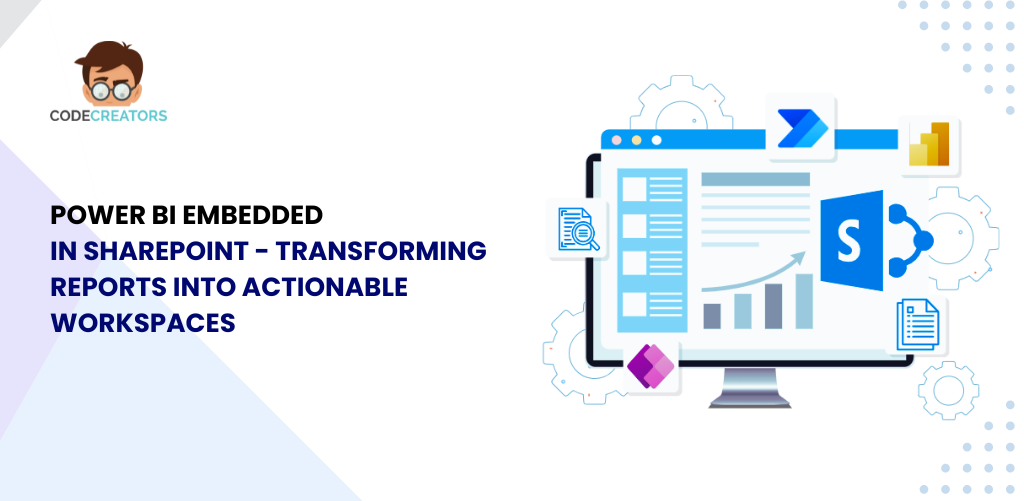Navigating the End of Support for SharePoint 2016: Key Dates and Action Plans

Key Dates for SharePoint 2016 Support Lifecycle
Microsoft’s product lifecycle for SharePoint 2016 follows a structured timeline, consisting of mainstream support and extended support phases. Mainstream support for SharePoint 2016 officially ended on July 13, 2021. During the mainstream support period, organizations benefited from regular security updates, feature improvements, and technical assistance. Once mainstream support ended, the product entered the extended support phase, which limits updates to critical security patches only. The extended support period for SharePoint 2016 is set to end on July 14, 2026. After this date, Microsoft will no longer provide any updates, including security patches or technical support. This creates a significant risk for businesses that continue to operate on outdated systems, leaving them exposed to security breaches and compliance violations.
Implications of Reaching End-of-Support
The implications of reaching the end of support are substantial. Without security updates, organizations become easy targets for cyberattacks, as vulnerabilities will no longer be addressed by Microsoft. Additionally, compliance with data protection regulations becomes challenging when operating on unsupported software. Regulators expect businesses to use secure and updated platforms to protect sensitive information. Furthermore, organizations may encounter compatibility issues with new software and hardware as the unsupported version becomes increasingly obsolete. The lack of technical support also means that resolving unexpected issues will become more complex and expensive, leading to potential disruptions in business operations.
Conducting a Thorough Assessment
Preparing for the end of support requires a structured approach and careful planning. The first step is conducting a comprehensive assessment of the current SharePoint 2016 environment. This involves identifying all existing sites, workflows, custom solutions, and integrations. Organizations should document the usage patterns and dependencies of each component. This assessment helps to understand the scale of the migration effort and highlights areas that may require special attention or redevelopment.
Evaluating Migration and Upgrade Options
The second step is to evaluate available upgrade paths. Microsoft provides clear migration options, including upgrading to SharePoint Server Subscription Edition, migrating to SharePoint Server 2019, or moving to SharePoint Online as part of Microsoft 365. Each option comes with its unique advantages and challenges. For organizations looking to maintain on-premises infrastructure, upgrading to SharePoint Server Subscription Edition offers ongoing support and regular updates without the need for future major upgrades. This model allows businesses to stay current with new features and security improvements without undergoing disruptive migrations every few years. Alternatively, migrating to SharePoint Online allows organizations to leverage cloud benefits, including automatic updates, scalability, and reduced infrastructure management. However, this transition requires addressing data sovereignty concerns, user adoption, and governance policies.
Developing a Detailed Migration Strategy
After determining the most suitable upgrade path, organizations need to develop a detailed migration strategy. This strategy should include timelines, resource allocation, and stakeholder communication plans. The migration process typically involves several phases, including planning, testing, execution, and post-migration support. During the planning phase, businesses should prioritize critical workloads and define success metrics for the migration. It is also crucial to involve key stakeholders and IT teams early in the process to ensure alignment and readiness.
Testing, Execution, and Post-Migration Support
Testing is a vital phase in the migration process. Organizations should establish a test environment that mirrors the production setup to identify potential issues before executing the actual migration. This testing environment helps to validate custom solutions, verify data integrity, and ensure that all integrations work as expected. By simulating the migration in a controlled setting, businesses can refine their approach and mitigate risks.
Executing the migration requires careful coordination. Depending on the complexity of the environment, organizations may opt for a phased migration or a complete cutover. A phased approach allows businesses to migrate workloads in stages, minimizing disruption and allowing for adjustments along the way. A complete cutover, on the other hand, involves migrating all workload at once and switching to the new environment in a single event. The choice between these methods depends on the organization’s size, complexity, and risk tolerance.
Post-migration support is essential to ensure a smooth transition and address any issues that arise after migration. Organizations should allocate resources for user training, technical support, and ongoing monitoring. User adoption plays a significant role in the success of migration, and providing adequate training helps employees make the most of the new platform. Regular monitoring and maintenance are also crucial to ensure that the new environment operates efficiently and securely.
Addressing Governance and Compliance
In addition to migration planning, organizations must also address governance and compliance considerations. Migrating to a new SharePoint environment presents an opportunity to review and update governance policies. Businesses should define clear guidelines for content management, access controls, data retention, and user permissions. Strong governance ensures that the platform remains secure, organized, and compliant with regulatory requirements. Compliance assessments should be conducted before and after migration to verify that the new environment meets all legal and industry standards.
Budgeting and Resource Allocation
Budgeting and resource planning are other critical aspects of preparing for the end of support. Organizations should allocate funds for licensing, consulting services, hardware upgrades, and training programs. It is important to account for potential hidden costs, such as resolving compatibility issues or redeveloping custom solutions. Engaging with experienced SharePoint consultants can help businesses navigate these complexities and avoid costly mistakes.
Communicating with Stakeholders
Communication with stakeholders is another essential component of the migration process. Clear and consistent communication helps manage expectations and keeps everyone informed about the progress and timelines. Regular updates and status reports ensure that stakeholders remain engaged and supportive throughout the transition.
Embracing Modernization Opportunities
Organizations should also take this opportunity to modernize their SharePoint environment. Rather than simply replicating existing setups, businesses can explore new features and capabilities offered by modern SharePoint versions. Features such as improved collaboration tools, enhanced search functionality, and mobile accessibility can significantly enhance productivity and user satisfaction. Modernizing workflows and automating routine tasks using Power Automate and Power Apps can further optimize business processes and reduce manual effort.
Planning for the Future
Finally, it is crucial to develop a long-term strategy for ongoing maintenance and upgrades. The end of support for SharePoint 2016 serves as a reminder of the importance of staying current with technology. Organizations should establish a proactive approach to software maintenance, including regular updates, security assessments, and continuous improvement initiatives. This proactive strategy ensures that the SharePoint environment remains secure, compliant, and aligned with evolving business needs.
Conclusion
In conclusion, the end of support for SharePoint 2016 on July 14, 2026, is a significant milestone that requires careful planning and execution. Organizations must understand the risks associated with running unsupported software and take timely action to migrate or upgrade. By conducting thorough assessments, evaluating upgrade options, developing detailed migration plans, and addressing governance and compliance, businesses can navigate this transition smoothly. Clear communication, adequate resource allocation, and a focus on modernization further contribute to a successful migration. Ultimately, proactive planning and execution will help organizations maintain a secure, efficient, and future-ready SharePoint environment that supports their business objectives.
At Code Creators, we specialize in making SharePoint migrations seamless and stress-free. Our expert SharePoint migration consultants provide tailored strategies to ensure your data, workflows, and custom solutions transition smoothly. Whether you’re upgrading on-premises or moving to the cloud, our SharePoint migration consulting help you modernize your environment while minimizing downtime and ensuring compliance. Contact us today to future-proof your SharePoint platform and keep your business running efficiently.
As the CTO at Code Creators, I drive technological innovation, spearhead strategic planning, and lead teams to create cutting-edge, customized solutions that empower clients and elevate business performance.



